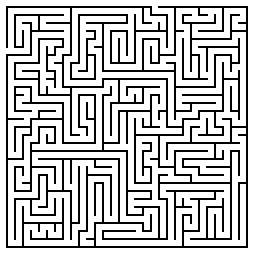
Adapted from Business Mazes by Joni Farthing, Hart-Davis, 1981

A maze is a puzzling game. A garden maze is a network, or labyrinth, of paths between high hedges. The puzzle is to find the paths that will lead most quickly to the exit, but the hedges prevent you from seeing where alternative routes lead.
There are five mazes designed to introduce and practise language common in business situations. Just like the garden maze, each one involves making decisions. However, the aim is not to reach the exit as quickly as possible, but to solve the problem effectively.
The entrance is 'the situation'. Everyone starts here, and then chooses a course of action from 1. If none of the alternatives are exactly the path you would like to take, choose the one nearest to the ideal. Each decision leads to another number in the maze, which shows how the situation has changed because of the action you have taken. Write down every number you turn to. This is your numbers-route, (If you find yourself on a familiar path, think again!) Continue until the end, or exit, of the maze is reached.
In a garden maze you cannot use a ladder to take a quick look over the hedge to see where other paths lead. In this book, you should not look at routes unless they are indicated by your decisions.
I suggest that you work through the maze in a group, but you can do it by yourself, discussing each choice in detail before reaching a joint decision and going to the next stage. Practise your English by trying to convince others that your point of view is right, but listen to their opinions too. Keep a record of the problems and your decisions. After you finish the maze you can either discuss it further or go back along your number-route and take another look at the unfamiliar words and expressions you met on your way. Write a report when you have finished.